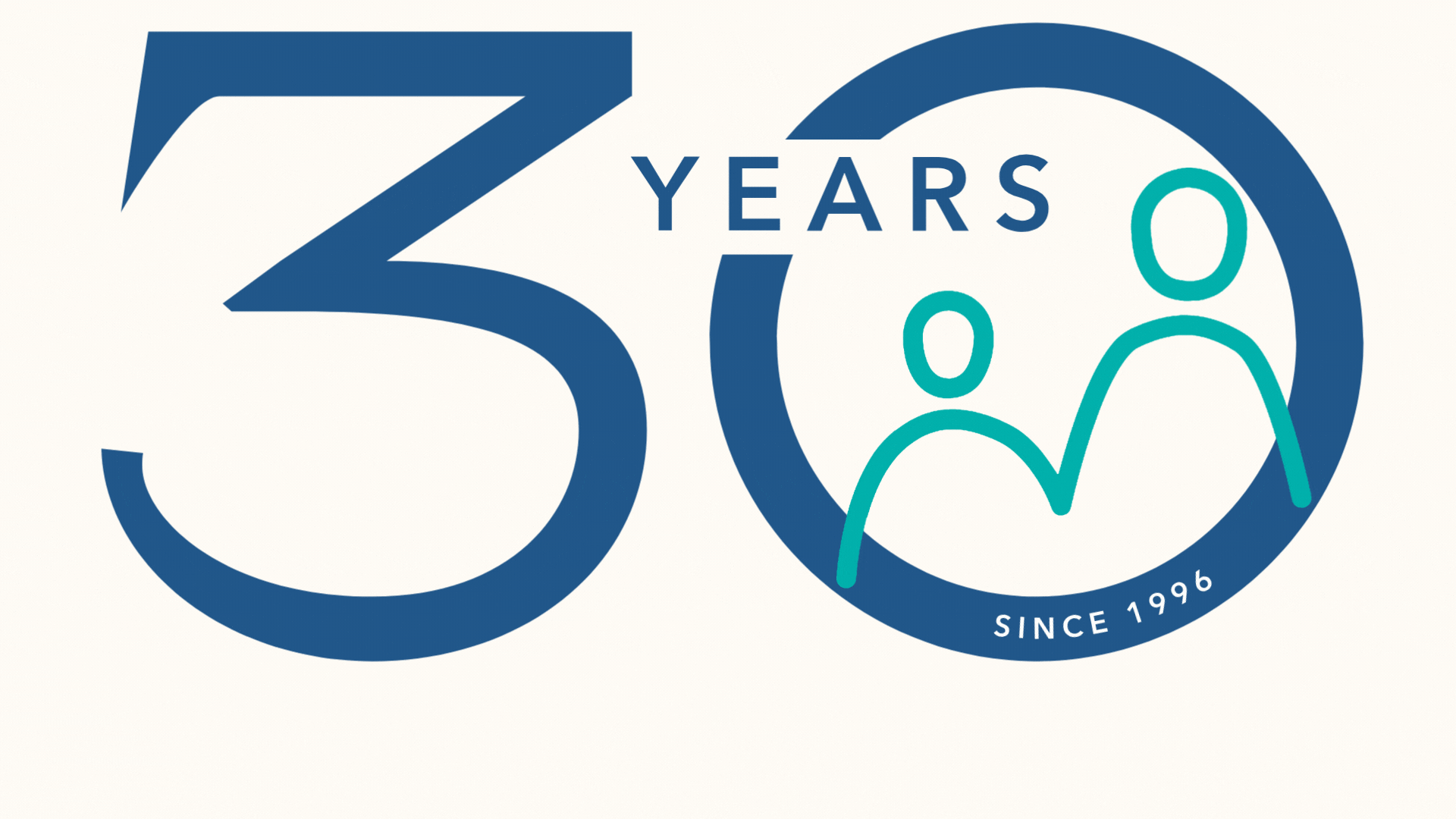What happens when students don’t attend school regularly? What are the consequences of a pandemic unraveling our social fabric and making it difficult to restore stability? How do we address the growing challenges and traumas that families face today? And what does all of this mean for the fundamental promise of public education?
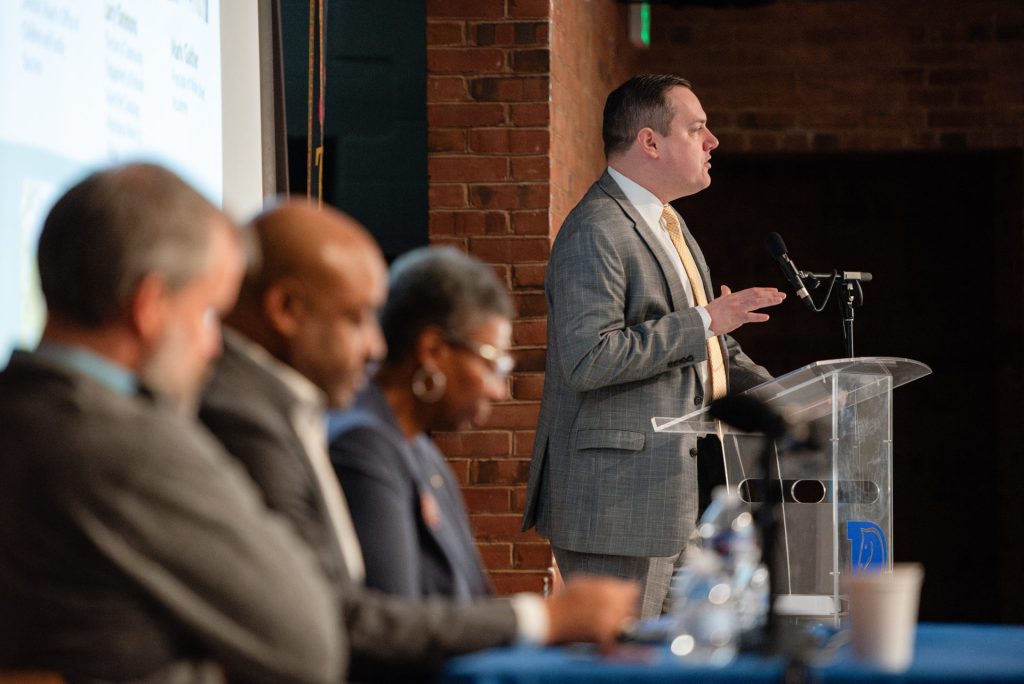 These are the questions Dr. Josh Michael, President, Maryland State Department of Education, Executive Director of the Sherman Family Foundation, posed to an auditorium of educators at the Baltimore Curriculum Project’s 2025 Leading Minds: Challenging Conversations in Public Education on February 14, 2025.
These are the questions Dr. Josh Michael, President, Maryland State Department of Education, Executive Director of the Sherman Family Foundation, posed to an auditorium of educators at the Baltimore Curriculum Project’s 2025 Leading Minds: Challenging Conversations in Public Education on February 14, 2025.
BCP, Maryland’s oldest and largest charter school organization, has hosted Leading Minds since 2008 to bring together local and national experts for a discussion on some of the most pressing issues affecting Baltimore City students and public education. The 2025 topic—tackling post-pandemic attendance and chronic absenteeism—is one faced by public schools across the U.S.
The Scope of Chronic Absenteeism
Following the COVID-19 pandemic, public education faces unprecedented challenges. Chronic absenteeism, defined as missing 10% or more school days (around 18 days or three weeks) in a given academic year, has surged. The national chronic absenteeism rate was 15% in 2019 but spiked to 28% in 2022. Today, around 26% of all public school students in the U.S. are chronically absent (Brookings Institute).
In Maryland, numbers are equally grim, especially for underserved students. Pre-pandemic, Baltimore City’s chronic absenteeism rate was 42%. During the height of the pandemic, that number jumped to 58%, steadily dropping to 49% at the end of the SY 2023-24. Dr. Michael stated that helping students get to school every day may actually be the most effective academic and social intervention of our time. Thus, MSDE has set a target of getting the state chronic absenteeism rate down to 15% by the end of next school year.
The pandemic had a major impact on education, making chronic absenteeism worse. School closures and remote learning disrupted routines, making it harder for students to return to in-person classes. It also highlighted deeper issues like poverty, mental health struggles, and lack of access to transportation and childcare.
Expert Insights on Chronic Absenteeism From the Leading Minds Panel
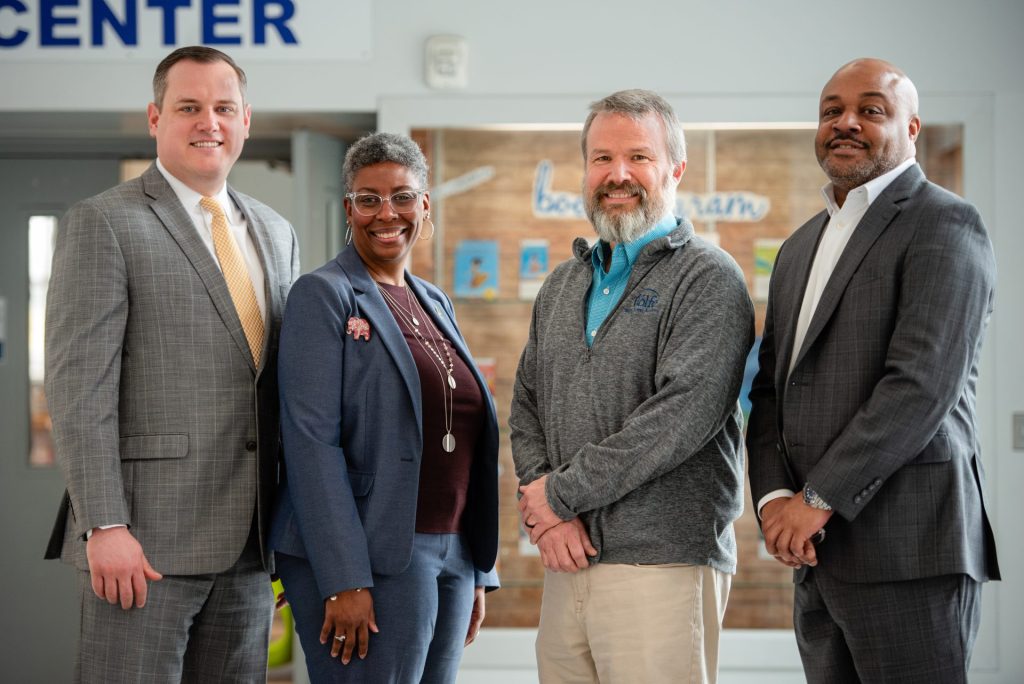
Dr. Michael led a panel discussion featuring:
- Dr. Deborah Brooks, Director, Baltimore Mayor’s Office for Family and Children’s Success
- Mark Gaither, Principal, Wolfe Street Academy, a BCP schools
- Larry Simmons, Director of Community Engagement, Nobody Asked Me Campaign; Senior Fellow, National Attendance Works
Watch the entire 2025 Leading Minds panel presentation.
Below are some of the key takeaways from the discussion.
The Changing Landscape for School Attendance Post-Pandemic
Dr. Brooks emphasized that attendance challenges often stem from adult struggles rather than student choices, highlighting the importance of engaging families, fostering early literacy, and improving communication. Mr. Simmons pointed out that absenteeism is often linked to systemic issues such as poverty, transportation, and mental health, which require a community-wide response. Principal Gaither stressed the need for community schools that address the whole child and to create welcoming environments for students and families.
The panelists agreed that addressing absenteeism requires more than punitive measures—it demands systemic change, family engagement, and community collaboration to ensure students are present, engaged, and prepared for success.
The panel discussion highlighted how student and family attitudes toward education have shifted post-pandemic. Mr. Simmons and Dr. Brooks noted that many older students, having worked during remote learning, now question the value of returning to a structured school setting. Principal Gaither pointed out that the pandemic inadvertently taught students they could advance academically without consistent attendance, making it even more challenging to re-establish school routines.
Community Schools as a Solution
Dr. Michael highlighted the role of Maryland’s 600+ community schools, which serve high-poverty communities and receive approximately $2,400 per student in additional funding. Principal Gaither shared the transformation of Wolfe Street Academy, which became a community school in 2007 when it was ranked 77th among Baltimore City elementary schools. Over the next decade, the school rose to become the seco
nd-highest-performing elementary school in the city. However, he cautioned that such progress takes time and sustained investment. Dr. Brooks emphasized the importance of cross-agency collaboration, explaining that city resources must align with school needs to support families effectively.
Engaging Families and Students to Address Chronic Absenteeism
One key strategy discussed is the importance of direct engagement, which is different from encounters (calling about a meeting, sending them the paperwork). Dr. Brooks explained that when you have authentic relations
hips, you will see young people show up for school because they know that you authentically care about them. Families will also see that you authentically care about the wellbeing of their children, and they will send their children consistently.
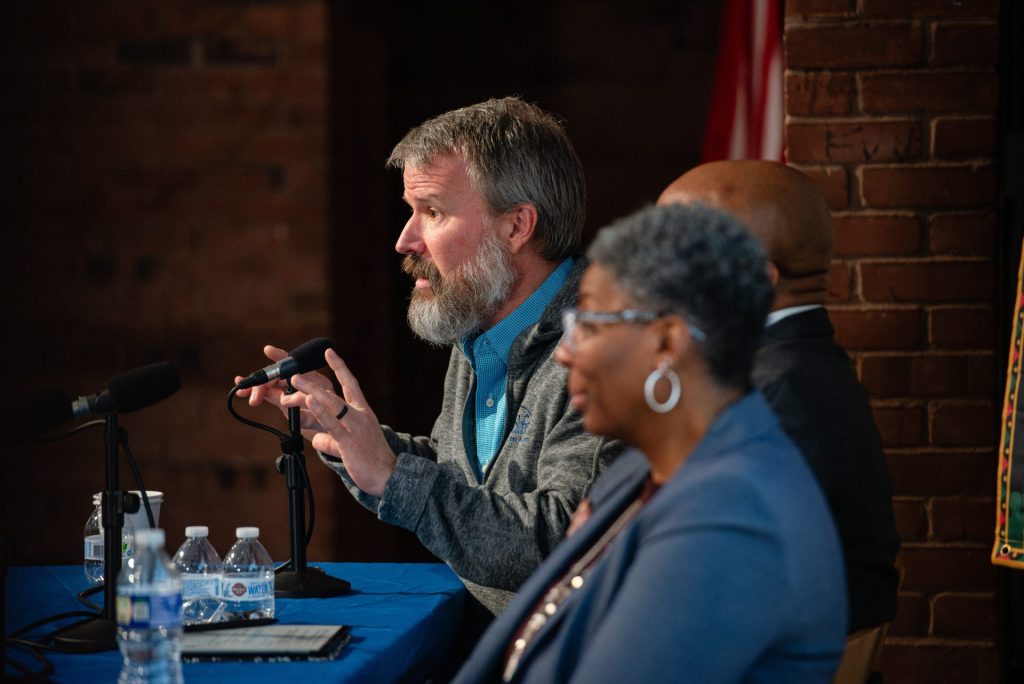 Principal Gaither described Wolfe Street Academy’s morning meetings, where students and parents gather daily to build community, celebrate successes, and address concerns collectively. Schools must create environments where students want to be, and parents feel welcomed.
Principal Gaither described Wolfe Street Academy’s morning meetings, where students and parents gather daily to build community, celebrate successes, and address concerns collectively. Schools must create environments where students want to be, and parents feel welcomed.
Mr. Simmons underscored the need for targeted interventions for students facing the greatest challenges, ensuring their voices and their families’ perspectives shape solutions. Dr. Brooks stressed the importance of understanding the real barriers students face, such as housing insecurity, and tailoring support accordingly. It’s also very important that everyone in your school receives cultural training.
Addressing Mental Health in Children
Mental health plays a critical role in school attendance, as both students and their families face ongoing challenges that can make consistent attendance difficult. Principal Gaither emphasized that when parents struggle with mental health issues, it directly affects their ability to get their children to school.
While partnerships with organizations like the Baltimore Mental Health Partnership and the University of Maryland School of Social Work provide valuable support, these resources are not available in every school and should be expanded. Dr. Brooks explained that in surveys and conversations, students consistently cite mental health as a top concern, often stating that their families don’t know how to access the necessary support. Strengthening collaboration with behavioral health services and increasing awareness of available resources is essential to ensuring students and their families receive the care they need.
The Connection Between Public School Funding and Attendance
School funding is directly tied to student attendance, particularly in the first month of the academic year. Schools receive funding based on enrollment counts taken around September 30th, meaning that if a student is absent for 10 consecutive days during this period, they are not counted toward funding. Many people are not aware of the significance their child’s attendance has on the whole school. Simmons stated that a key part of this effort is proactive engagement before the school year even begins. By having honest conversations about attendance in August and visiting students with past attendance issues, community school coordinators play a crucial role in building relationships and ensuring students are ready to return, reinforcing the importance of consistent attendance from day one. 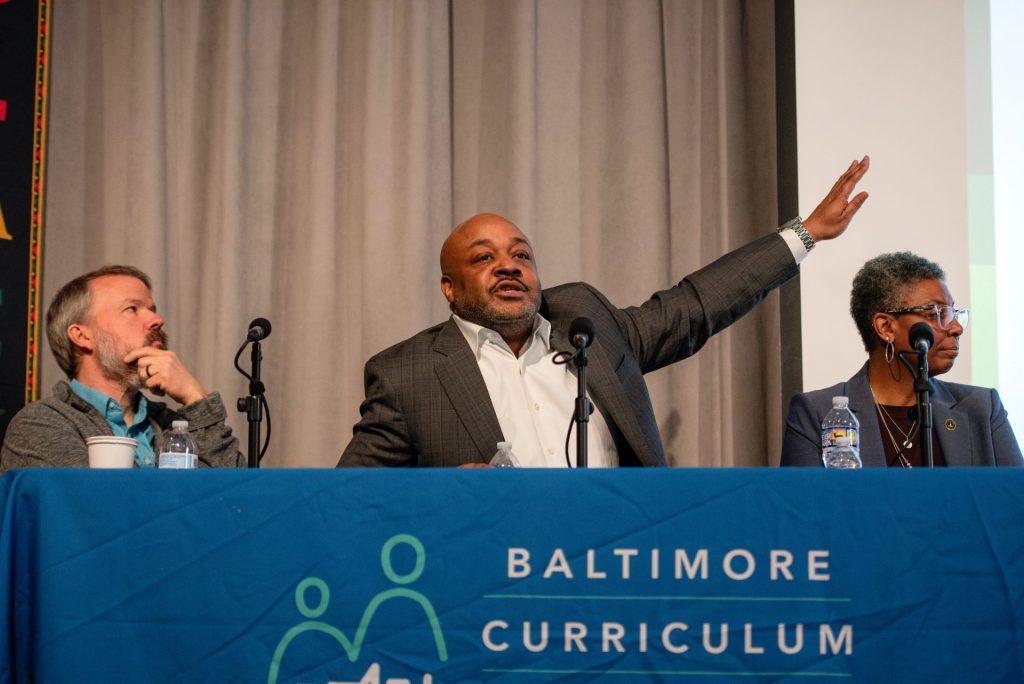
Read the BCP blog by Harold S. Henry, Jr., BCP Chief of Schools, on the Economics and Educational Necessity of School Attendance.
Dr. Michael emphasized the critical link between attendance and academic success, particularly in early grades where consistent attendance directly impacts early literacy. This connection is even more pronounced for children from low-income families, where absenteeism can significantly hinder literacy development. In middle school, attendance and engagement strongly influence high school success, while ninth-grade attendance is a key predictor of graduation and long-term life outcomes.
With the Maryland Blueprint and targeted investments in high-poverty areas, there is growing scrutiny on whether these funds are effectively reducing chronic absenteeism and improving literacy and math outcomes. However, funding alone is not enough—true success depends on how well schools implement essential strategies such as curriculum improvements, teacher preparation, afterschool programs, and community school initiatives.
It Takes a Village to Combat Chronic Absenteeism
The symposium emphasized that addressing chronic absenteeism requires a collaborative, multi-faceted approach that engages schools, families, and the broader community. Strategies must be proactive, relationship-driven, and tailored to the specific needs of students and their families.
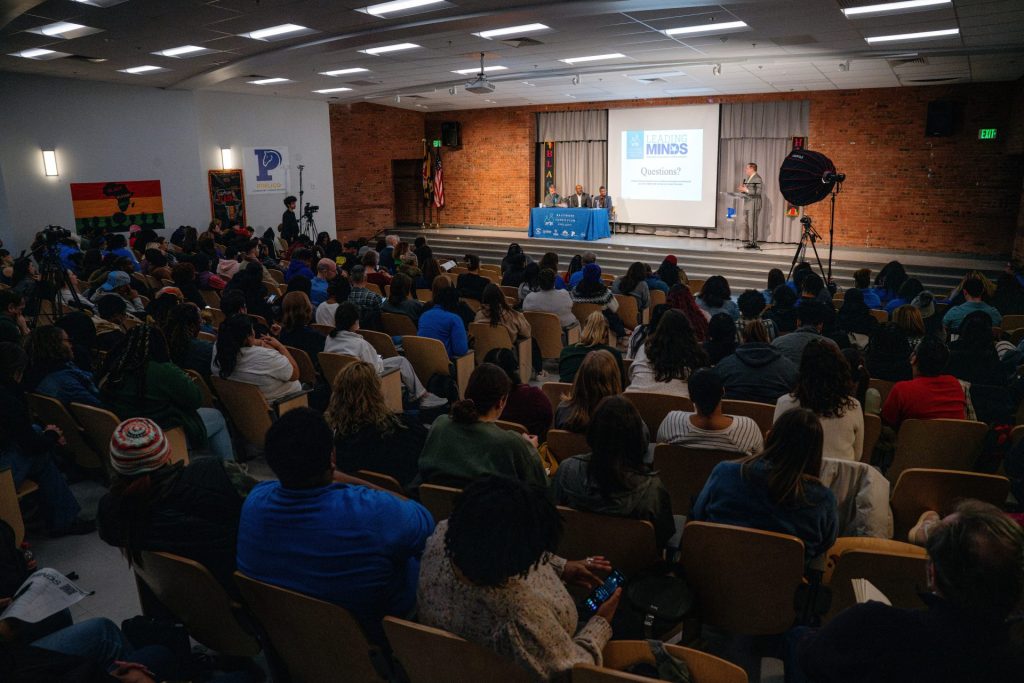 Dr. Brooks highlighted the importance of breaking down silos between schools and city agencies, ensuring educators and support staff are aware of available resources. Her approach prioritizes coordination across agencies and direct engagement with families to provide meaningful support. She also stressed the need to include student voices in shaping solutions, as young people must be active participants in their own success.
Dr. Brooks highlighted the importance of breaking down silos between schools and city agencies, ensuring educators and support staff are aware of available resources. Her approach prioritizes coordination across agencies and direct engagement with families to provide meaningful support. She also stressed the need to include student voices in shaping solutions, as young people must be active participants in their own success.
By fostering open conversations with students and families, educators and policymakers can better identify obstacles and connect students with the necessary resources to ensure consistent attendance.
